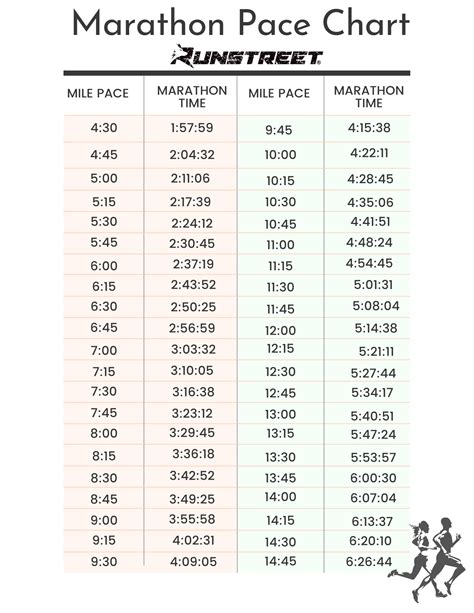Introduction
The mile run is one of the most iconic and challenging events in track and field. For Division I (D1) collegiate athletes, the pursuit of fast mile times is a constant endeavor. In this article, we delve into the strategies, training plans, and secrets behind elite D1 mile times.

The Physiology of D1 Mile Performance
To understand how to achieve fast D1 mile times, it’s crucial to delve into the physiological demands of the event. The following factors play a pivotal role:
- Aerobic Capacity (VO2 Max): The ability of the body to utilize oxygen efficiently is essential for maintaining a fast pace over the distance.
- Anaerobic Threshold: The point at which the body begins to rely predominantly on anaerobic energy sources, resulting in lactic acid buildup.
- Lactate Tolerance: The ability to withstand and utilize lactic acid, which is produced as a byproduct of anaerobic metabolism.
- Muscular Endurance: Strong, fatigue-resistant leg muscles are vital for maintaining pace throughout the mile.
Training Strategies for Elite Mile Times
Elite D1 runners typically follow rigorous training plans that incorporate a combination of the following elements:
- Long Runs: Build endurance and aerobic capacity.
- Intervals: Improve anaerobic threshold and lactate tolerance.
- Tempo Runs: Strengthen muscular endurance and improve race pace efficiency.
- Fartlek Training: Combines intervals and variations in speed to develop both speed and endurance.
- Plyometrics: Explosive exercises that enhance lower body power.
Techniques for Shaving Seconds Off Your Mile Time
Beyond training, there are several techniques that D1 runners employ to optimize their mile performance:
- Pacing: Determine a race strategy that allows for a gradual positive split, maintaining a slightly faster pace in the second half of the race.
- Cadence: Aim for a cadence of 180 to 190 steps per minute to improve efficiency.
- Arm Swing: Use a powerful arm swing to generate momentum and reduce leg muscle fatigue.
- Mental Toughness: Develop a strong mental approach to remain focused and push through discomfort.
Common Mistakes to Avoid
While pursuing fast D1 mile times, it’s important to avoid common pitfalls:
- Overtraining: Excessive training can lead to injury and burnout.
- Ignoring Recovery: Sufficient rest and recovery are essential for physical and mental rejuvenation.
- Neglecting Nutrition: A healthy diet that supports energy levels and muscle recovery is crucial.
- Poor Sleep: Aim for 7-9 hours of quality sleep each night to optimize recovery and performance.
Breaking the 4-Minute Barrier: An Elite Milestone
For D1 runners, breaking the 4-minute barrier is a highly coveted milestone. Only a select few have achieved this feat, and it requires exceptional talent, training, and determination. The following table showcases some of the fastest D1 mile times:
| Runner | Time | Year |
|---|---|---|
| Edward Cheserek | 3:52.61 | 2017 |
| Grant Fisher | 3:55.30 | 2016 |
| Matthew Centrowitz | 3:55.97 | 2013 |
| Eric Jenkins | 3:57.04 | 2015 |
| Robby Andrews | 3:57.22 | 2016 |
Conclusion
Achieving elite D1 mile times is a testament to the incredible talent and dedication of these athletes. By understanding the physiological demands, implementing effective training strategies, and avoiding common mistakes, aspiring runners can strive to reach their full potential on the track. The pursuit of fast mile times is a continuous journey of improvement and self-discovery.
